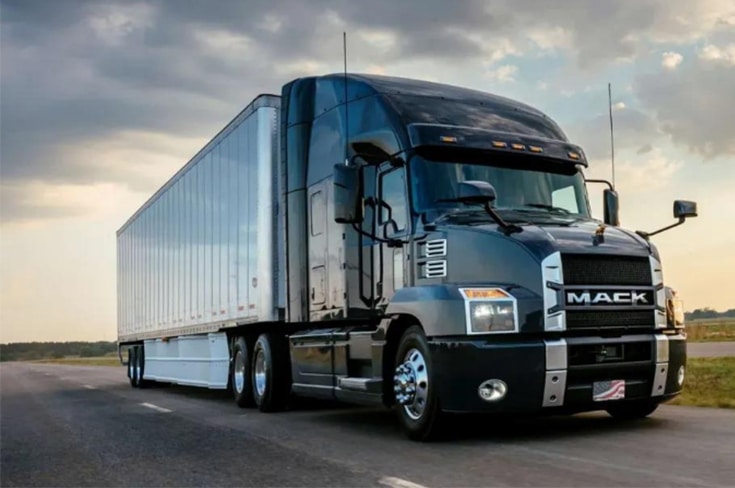Road transportation is divided into two types: full-vehicle transportation and less-than-truckload transportation according to the form of the goods loaded on the vehicle. The whole-vehicle transportation and the less-than-truckload transportation have their own characteristics. Do you know these two methods? MOOV will introduce you below. What is the difference between the two.
Counting or cargo shape regulations
Less-than-truckload transportation means that when the cargo that the owner needs to transport is less than one truck, it will be delivered in the form of sporadic cargo. The minimum volume of a LTL shipment should not be less than 0.02 cubic meters, and each batch should not be more than 300. This means of transport is usually packaged in both full cases and single cases. The characteristic of the whole box packaging is that it can be packed larger; the advantage of the single box packaging is that it can carry smaller items, which is especially suitable for the transportation of small batches of goods. Vehicle transportation generally means that a group of goods needs to be loaded on a truck of more than 30 tons or more according to their weight or volume. However, due to the nature, shape or transportation conditions of the goods, a single truck must be used for shipment. All should be transported by vehicle.
Supply characteristics
The supply of less-than-truckload transportation is uncertain, the batch of goods is small, the variety is large, the sites are scattered, the quality is high and the price is high, and the transportation organization is relatively complicated. However, the goods transported by the vehicle are single in variety, large in quantity, low in price, generally in fixed loading and unloading locations, and relatively simple in transportation organization.
Transportation costs
LTL shipping unit freight rates are usually high, and freight usually includes storage, handling, and other costs. After the goods are delivered, due to the long operation time of warehousing, loading and unloading, etc., the unit freight rate and the cost of warehousing, loading and unloading should be calculated according to the actual situation. However, the freight rate of the whole vehicle transportation unit is generally low, and the storage, handling and other costs are otherwise stipulated, which need to be stipulated in the contract.

 简体中文
简体中文 Nederlands
Nederlands




